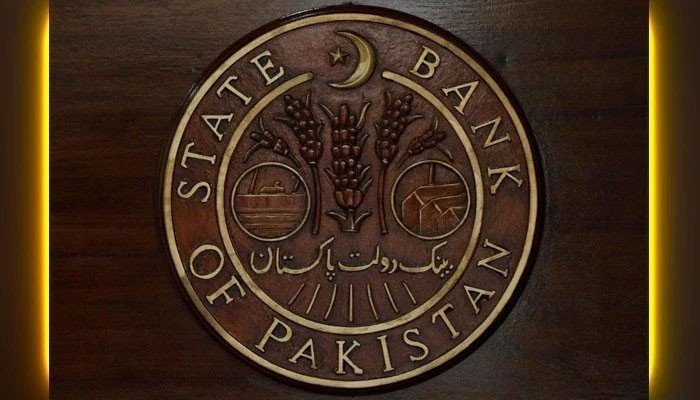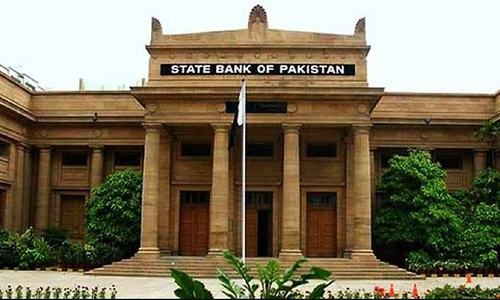Pakistan central bank keeps policy rate unchanged at 7%

The State Bank of Pakistan announced its monetary policy on Friday, keeping the policy rate unchanged at 7%.
The Monetary Policy Committee was encouraged by the upward revision in the Fiscal Year 2020-21 growth forecast to 3.94%.
It confirmed the strength of the broad-based economic rebound underway since the start of the year, on the back of targeted fiscal measures and aggressive monetary stimulus, the central bank said.

“This positive momentum is expected to persist, translating into higher growth next year,” it said.
Inflation rose to 11.1% in April, propped up by the lingering impact of February’s electricity tariff increase as well as a pick-up in month-on-month food prices.
The MPC noted that supply shocks to food and energy still dominate, with a small number of energy and food items in the CPI basket accounting for about three-fourths of the rise in inflation since January.
It observed that although core inflation in urban areas has risen by around 1.5 percentage points during this period, available evidence suggests that the demand-side pressures on inflation continue to be relatively contained.
This reflects the fact that despite the economic recovery, there is still some spare capacity following last year’s contraction, according to the SBP.
Second-round effects from supply shocks are also not visibly apparent: price pressures are concentrated in a few items, wage growth is subdued keeping a cap on costs, and inflation expectations remain reasonably anchored.
As previously forecast, the central bank said, the headline year-on-year inflation rate is likely to remain elevated in the coming months. Inflation is expected to gradually fall toward the 5-7% target range over the medium-term, it said.
In light of the above-mentioned considerations, the MPC believed that the current significantly accommodative stance of monetary policy remains appropriate to ensure firm and self-sustaining recovery.
“This is especially so given the renewed heightened uncertainty created by the ongoing third wave of Covid in Pakistan and the fiscal consolidation expected this fiscal year,” the SBP said.
As a result, it added, the MPC noted that it was important for the monetary policy to remain supportive.
The market was expecting the SBP to maintain the interest rate at 7% to keep the economy in a direction that induces growth amid uncertainty due to the pandemic.
The interest rate stood at 13.25% early last year before the pandemic wreaked havoc on Pakistan’s economy. The policy rate was then gradually brought down to 7% to help the economy grow.
Monetary policy is announced six times a year. The next monetary policy will be announced tomorrow, followed by July 27, September 20, and the last monetary policy will be announced on November 26.
What role does the policy rate play in Pakistan’s economy?
Controlling inflation and ensuring economic stability are two of the State Bank’s core functions. To achieve these goals, the central bank uses, among other tools, its policy rate. This is the rate at which commercial banks borrow money from the central bank’s discount window.
The rate, revised every two months, affects every interest rate in the market. In other words, a higher policy rate means commercial banks will charge more, making borrowing more expensive for individuals, businesses, and the government.
Higher interest rates make loans expensive. Businesses, which rely on bank financing, stop new projects, the government cuts spending on development projects, and consumers stop availing auto finance, home loans and even reduce credit card use. In a nutshell, a higher interest rate shrinks economic activity and also slows down job creation.
On the other hand, a lower interest rate encourages people and businesses to borrow more, which in turn increases consumption on the national scale. Since the overall demand is high, it makes the prices of goods rise, thus inflation increases.
The role of the central bank is to maintain the interest rate at a level that keeps inflation in check while also not reducing economic activity.


